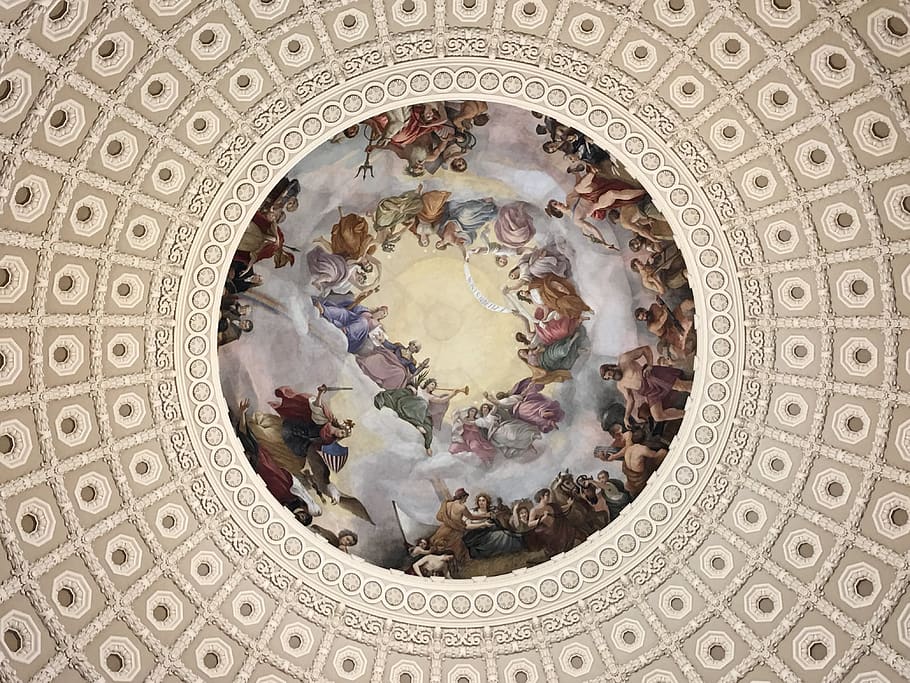
Each legislative body has a process by which laws are passed, codified, and published. Understanding this process facilitates strategies for the typical research problems involving statutes. These are:
- Determining whether any statutes apply to the problem at hand, and locating the current (and possibly past) text;
- Determining if the law was passed according to rules governing the legislative process, possibly affecting the validity of a law;
- Determining the legislative history of the law, affecting its interpretation; and
- Determining if any courts have interpreted the law as referenced by published opinions
The legislative process has its own documentation, published regularly in paper and online. The ease of locating and retrieving individual documents varies with the steps in the process. A summary of what one expects to find is as follows:
- Bills. The text of bills as introduced, amended, and passed. There may also be competing bills on the same subject. Typical reference is by house of origin, number, and name.
- Documents generated by the legislature during the consideration of bills. These may be Reports, Hearings, Transcripts of Debates, or other kinds of documents. Typical reference is to house of origin and a numerical designation. There are various types of journals and other publications that track the progress of a legislative body and its debates.
- Session Laws. Once a law is passed, the text of that law as passed is published in numerical order within a volume documenting all laws passed during a term of that legislative body. Typical reference is by Public Law or Public Act.
- Codes. These are organized by subject, and usually divided into titles or chapters (or both), and then further into sections or paragraphs, subsections, etc. Session laws are integrated into the text of a code. The currency of the code is determined by the date of the last legislative activity that has been incorporated into the text.
The federal government and the states all have documents of this type to varying degrees. They are usually available through either public or commercial publications, in paper, online, or both.

